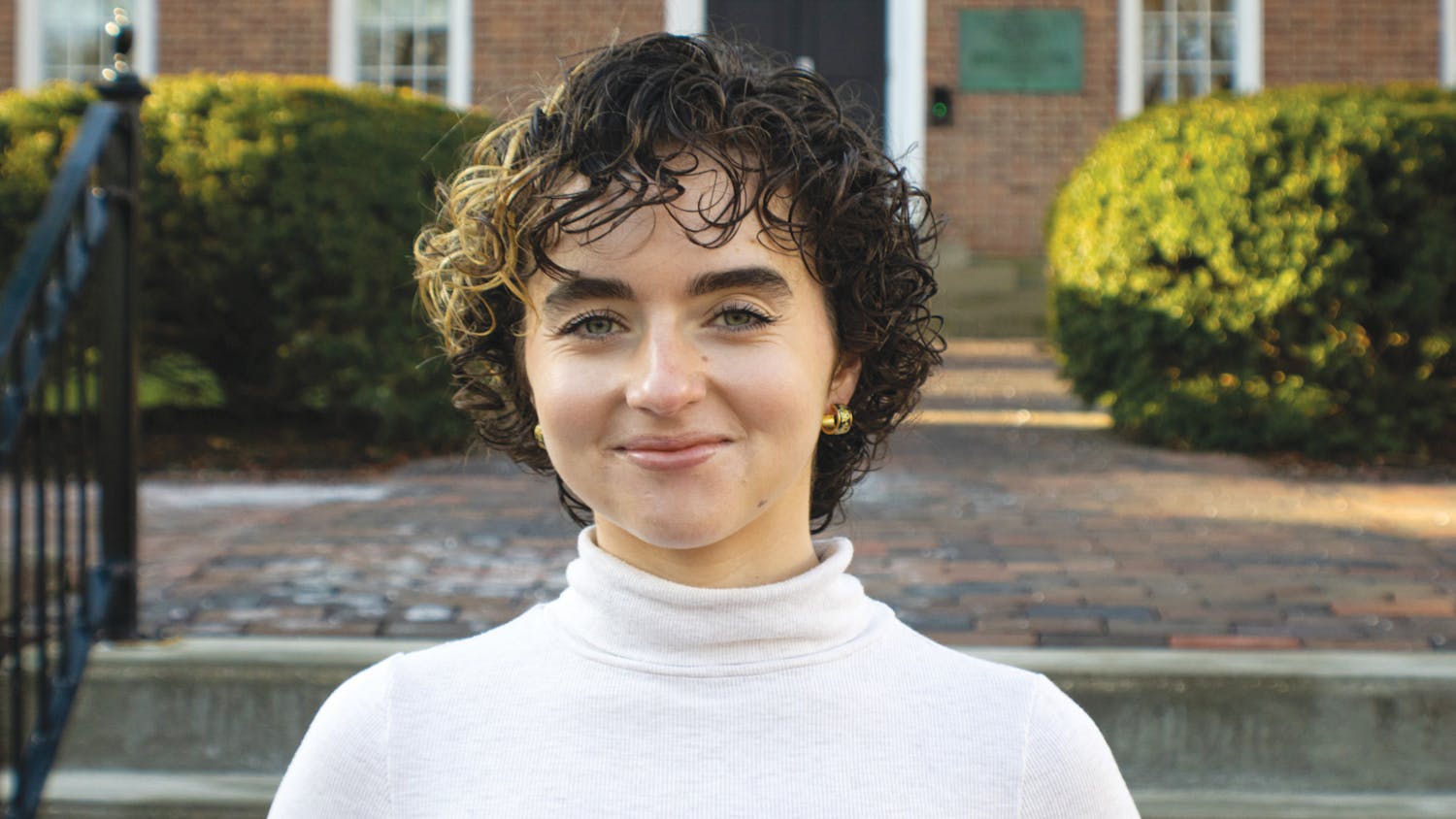From the hit podcast “Serial” to buzz-generating TV shows like “Dahmer – Monster: The Jeffrey Dahmer Story,” true crime is a topic that can be found all over popular culture. It’s a topic that, despite its dark nature, still attracts millions of viewers and listeners.
Holly Ningard, assistant professor of instruction in the Ohio University department of sociology and anthropology, said humans have always been fascinated with crime.
“We used to publish crime pamphlets back in the 16th century and before,” Ningard said. “There's a long history of the spectacle of punishment and newspaper reporting on it and public displays of punishment.”
The earliest types of reality TV were crime-related, along with the prompt rise of scripted crime dramas, Ningard said.
“We've seen a little bit of a rise in terms of the popularity of podcast media … but I think it's continuing a trend of a long standing fascination with stories of wrongdoing, violations of law, mystery and ‘who dunnits,’” Ningard said.
Rather than a rise in consumption, crime media has encountered an evolution in recent decades. Many podcasting services now offer entire sections dedicated to crime-related media, proving just how easy it is to find content on this chilling topic.
“As podcasts themselves have become increasingly popular in the past decade, it follows that those relating to crime have also become more common,” Amanda Cox, criminology program director at OU, wrote in an email.
With crime podcasts becoming more accessible, it is with little surprise that new audiences are being reached. Cox finds this concerning, but she said it is for a different reason than many might think.
“The media is the average U.S. citizen's primary source of information about crime,” she wrote in an email. “This is concerning because the media presents a skewed picture of the behavior we call crime and the people we label criminals.”
Cox said most crime that comes to the attention of the criminal justice system is neither serious nor violent. However, she added, most crime media focuses on serious and violent crime, often portraying an idealized victim harmed by an evil and cruel perpetrator.
Although the vast majority of “crime junkies” simply just enjoy hearing about sometimes puzzling and gruesome stories, cases that fall into the light of crime media creation can attract some who are looking to do more than just listen.
“I think that sometimes for people who are really invested in these communities, that participation is part of the experience,” Ningard said. “That you are learning alongside, that you are doing this, and sometimes it can come about in very problematic ways.”
From people speculating to even making accusations and directly reaching out to those involved in a true crime case, participation has been seen by many as an action with minimal harm, when actually it is often the opposite.
“Prior to the arrest of a suspect in the murders of the students at the University of Idaho, there was discussion and efforts by ‘internet sleuths’ to place blame on a victim's ex-boyfriend and a professor at the university,” Cox wrote in an email.
Cox says this kind of activity has the potential to impact witnesses, those close to the victims and, by extension, the processing and prosecution of the case.
Not attempting to get involved in crime cases after hearing about them is certainly one thing consumers should be wary of, but for creators, respecting victims’ families is also important to keep in mind.
“One of the big things that we have learned in the past few decades from victims’ rights movements and the field of victimology is just how offender-focused our criminal justice system really is,” Ningard said.
With crime-related podcasts on the rise, The Post has introduced a series of its own, titled “Beneath the Bricks.” Hosted by Post staff members Cassie Dye, Joshua Brogden and Faith Caplinger, “Beneath the Bricks” has already released multiple episodes.
“I watched a lot of ‘BuzzFeed: Unsolved’ and ‘Criminal Minds’ in high school and stuff, so that kind of inspired me,” Cassie Dye, co-host of “Beneath the Bricks,” said. “Ideas of true crime and learning about what happened to people and possible suspects, that’s kind of what drew me to it.”
“Beneath the Bricks” has focused on stories such as the case of Gilbert “Andy” Anders Jr., the unsolved case of the Cleveland Torso Killer and the disappearance of Amy Mihaljevic.
In the series’s most recent episode, the trio of hosts welcomed a special guest on the show to try and crack a case that has already been solved: the murder of Canterbury Lane.
Caplinger, Dye’s fellow co-host, said she enjoys seeing progressive leads made on the cases they covered and hopes to report further on advancements in cases as they are made.
“That’s kind of my hope, (and) it's maybe not real realistic, but that we can actually see these cases coming to fruition,” Caplinger said. “That would be really cool to harp on that justice aspect.”
Be sure to check out all “Beneath the Bricks” episodes, among other podcasting content at The Post’s website.






